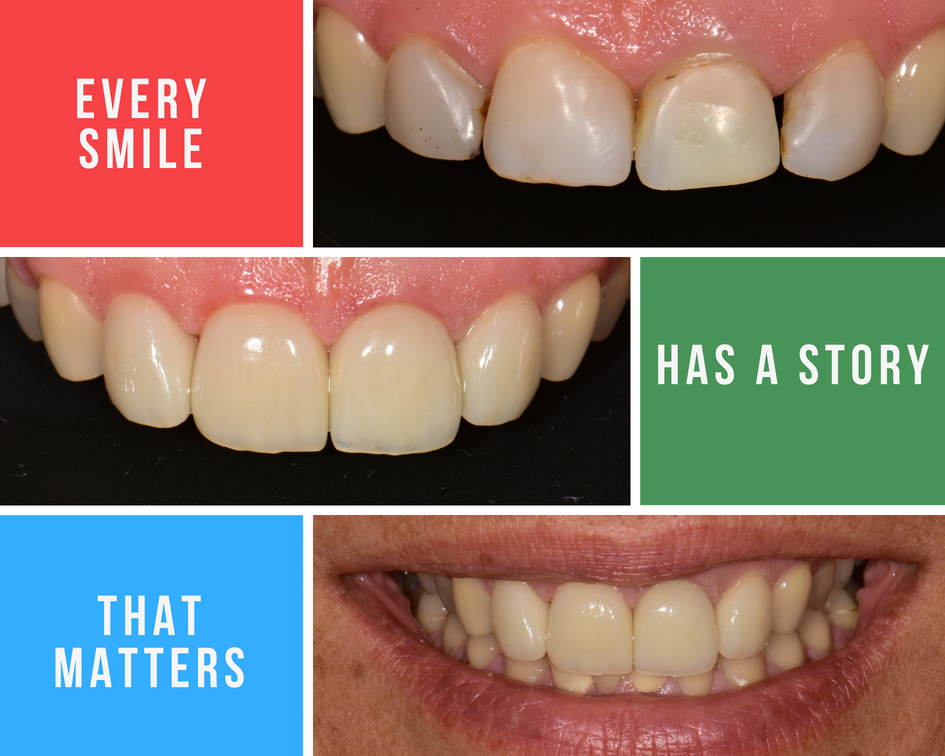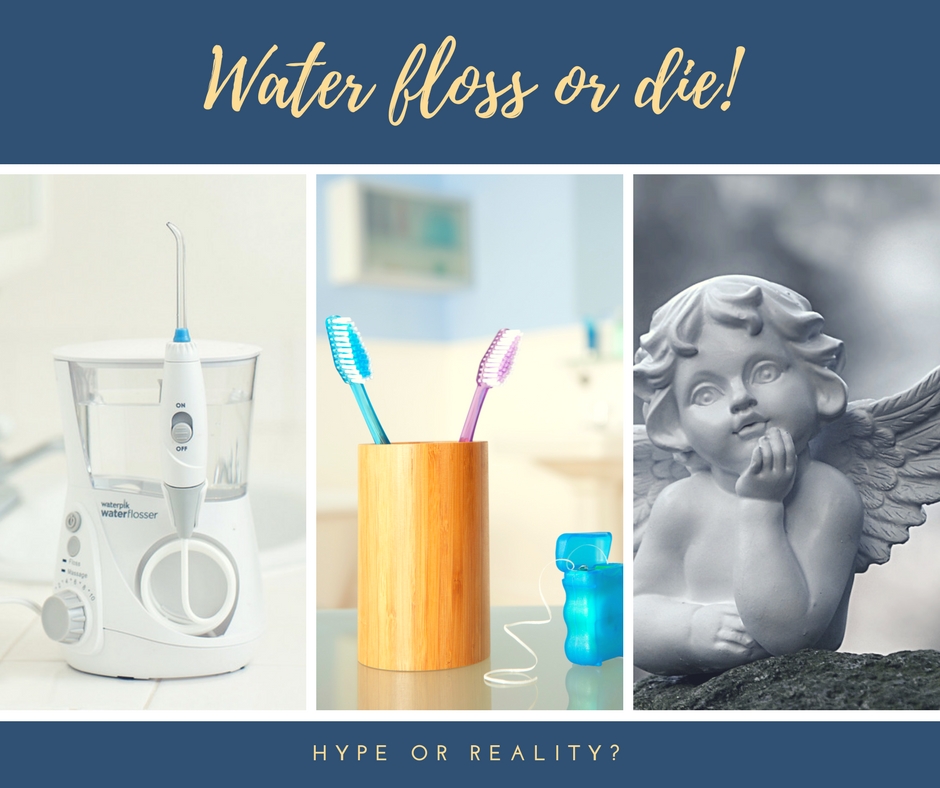BLOG
Should I have my amalgam fillings removed?

Connecting the drops
1926 Dr. Alfred Stock recovered from memory loss, visual disturbances (including unclear and double vision) and chronic headaches (Alfred Stock – 1926).
It was during her ballet performance at the University of Pennsylvania in 1998 when for the first time Freya
Koss started feeling dizzy and seeing multiple images. Four years later she managed to recover from two life-threatening diseases: multiple sclerosis and myasthenia gravis (Read her story: Blindsided by Modern Dentistry and Medicine).
After 40 years of continued illness, in 2004 Mary Stephenson finally recovered from severe depression and mental anguish.
In 2010 Alethea Black, a 40-year-old writer from Dutchess County, New York, also recovered from all symptoms of autoimmune disease including insomnia, numbness and thinned out hair.
In 2012 Maria Indermuhle was diagnosed with multiple sclerosis after losing her ability to walk but fully recovered two years later in a miraculous way (Read: Doctors told a 32-year-old she had the lifelong crippling illness multiple sclerosis).
Rebecca Samanci suffered for 25 years from chronic depression, poor energy, and frequent exhaustion. After that she was diagnosed with Hepatitis C and later Cancer. But right now she is fine and started a blog about her journey and how managed to solve the "unified field theory" behind her diseased condition.
What do all these people have in common? What did they do to recover from these severe illnesses? In addition to addressing their problems with specific medication for their illnesses, they all had their amalgam (mercury containing) fillings removed and their oral health restored properly.
Facts
The use of mercury in amalgam fillings was very much debated and created many controversies (The Amalgam Controversy: An Overview) right from the begining in 1818 when Louis Nicolas Regnart invented amalgam fillings (an alloy of mercury with another metal or metals, from the French word amalgame). It was later introduced in the USA in 1830 but generated many controversies, so that by 1845 the American Society of Dental Surgeons requested his members to avoid amalgam fillings. This is recorded as "The First Amalgam War", which was finally won by the pro-amalgam fraction that founded their own dental association called The National Dental Association in 1859 (later renamed to ADA - American Dental Association) and further defended and promoted the wide use of amalgam fillings.
"The Second Amalgam War" was led by Professor Alfred E. Stock, a leading chemist at the Kaiser Wilhelm Institute Germany in the 1920's. Many papers and studies were lost and the debate regarding the safety of mercury was dropped due to more urgent problems that came with the World War II. Then after 1970 the discussion was reopened (“Third Amalgam War”) with the help of more modern ways and technologies to detect and trace mercury.
Controversies
In the medical and dental world, there is no unanimous opinion on the subject of amalgam. While there are many reasons to like mercury fillings (see FDA: Dental Amalgam Fillings, Benefits and Risks) since they are cheaper (with 30% or more), takes less time to place and is tolerant to blood or saliva contamination during placement (unlike composites), with the development of new technology we find less and less evidence

that amalgam fillings are safe (1991: World Health Organization confirmed that mercury contained in dental amalgam is the greatest source of mercury vapour in non-industrialized settings, then 2005 World Health Organization: Mercury in Health Care - Policy Paper, then in 2017, World Health Organization: Exposure to mercury – even small amounts – may cause serious health problems.) and last longer than composite resins (Amalgam or composite fillings--which material lasts longer?).
Add two hundred years, hundred of thousands of tons of amalgam fillings in people’s mouth and you’ve got … an environmental problem. Exactly, not a health problem, amalgam seems not to be harmful to health, just environment. At least this is what some of the sources say.
For almost 200 years the amalgam fillings were the regular kind and there was a huge demand for the regular kind in dentistry and there may still be today (ADA: Statement on Dental Amalgam). It is not surprising to see many dentists outcry and bring up studies (Biocompatibility of Dental Amalgams) that support the good old days, the ones that bring stability and things they are already used to.
Risks
Putting toxicologic properties and biological aspects of mercury aside for a moment, please consider these amalgam boundaries that everyone agrees with:

Amalgam filling does not bond (hold together) with your tooth, therefore does not strengthen but, over time, weken your tooth structure.
- Amalgam fillings corrode over time which, beyond the fact that will lead to metal ions to be released into your body then taken up by tissues and lead to allergic responses and other issues, will create microleakage in the structure of the filling, allowing bacteria to grow and stay undetected for long periods of time.
- Amalgam fillings shrink and expand at a different rate than teeth, add to that the compressive chewing forces, the fact that it is not bound to your teeth, and you will realise how, over time, micro-fractures and even teeth breakage can develop.
In this light you can see that practically a tooth treated with amalgam filling, if not very carefully supervised, is like driving a heavy truck with your eyes blinded and has the potential to create more problems than the ones addressed in the first place.
Corrosion occurs, micro leakages in the tooth structure and amalgam, coloration of dentin makes making caries more difficult to detect, release of metal-ions and bacteria underneath can affect the health of gums and tissue, meanwhile everything looks fine until one day it is not. From our experience most of the amalgam fillings we remove have developed secondary decay and micro-fractures in the tooth structure.
Taking into consideration the structural problems raised by amalgam fillings and other associated risks related to toxicity we believe that your health is too valuable to depend on a lottery ticket.
Safe Options
Today, dentistry offers you so much better options and materials compared to the old amalgam fillings. You do not have to live your days with despair or risk the potential bad outcomes because there is a very good option to avoid this outcome: have your amalgams removed SAFELY!
Safe amalgam removal is essential because it is the borderline between health and illness for many people. All dental amalgam fillings contain 50% mercury which can pose a serious danger to human life. Removing your amalgam fillings safely can save you from the risk of being exposed to a significant amount of mercury by inhaling and ingesting the mercury (vapors) released in the removal process.
Your turn
When you have problems like this to solve, where you have facts and stories, controversies and wars, high risks and safe options, there is a really simple approach to it, the real questions you have to ask are:

How much does it cost you to get 10x less likely to be at risk?
Or more exactly...
How much does it cost to safely remove your amalgam fillings?



